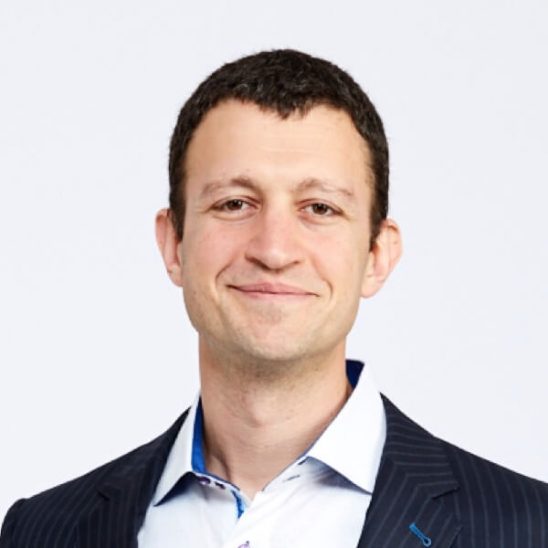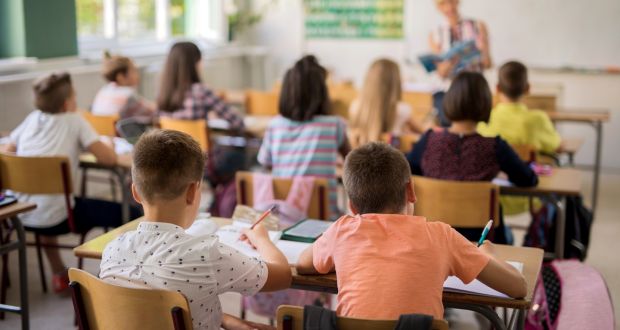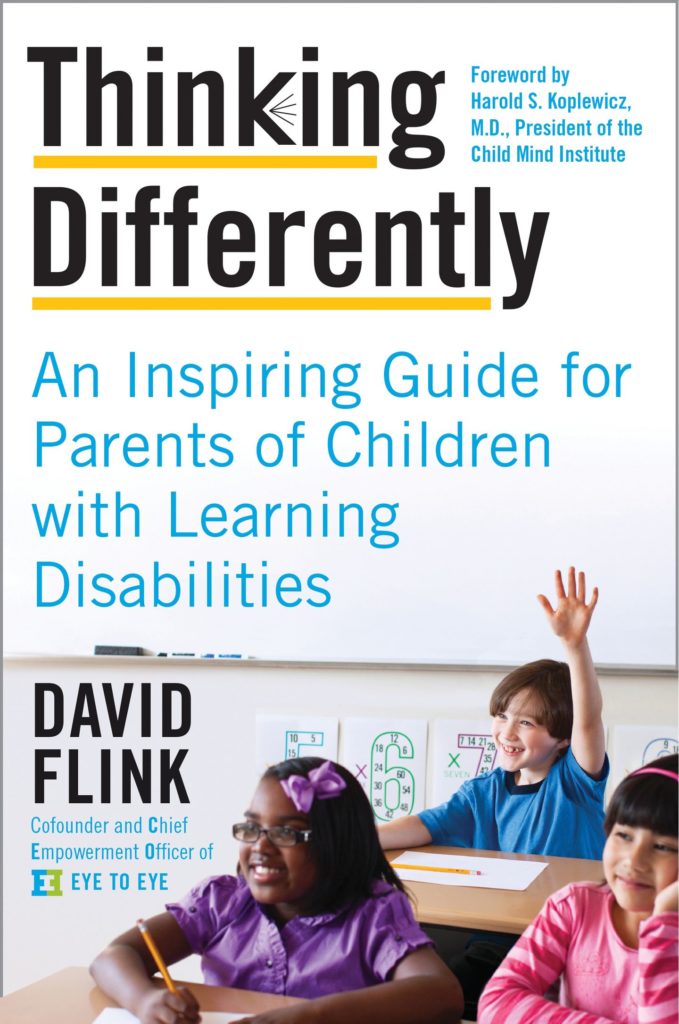David Flink figured out how to succeed despite his learning differences. Today, his mentorship program helps younger generations realize ‘their brains are beautiful’

Growing up, David Flink struggled in school — despite his smarts.He had a hard time focusing in class, and he didn’t understand why he couldn’t learn the way other students did.
“There was a calculation made,” he said. “I could either be the dumb kid or I could be the bad kid. So, I started acting out.”Flink was often asked to leave the classroom because of the disruptions he caused.
At one point, my desk was literally moved to the hallway,” he said. “But then I had this message sent to me that I didn’t belong in a classroom. “One in five children in the United States has a learning disability. At the time, Flink didn’t realize he was among them, and his struggles left him feeling alone and isolated.
It was in a hallway where Flink met his first mentor, the school’s janitor.”He got to know me, and eventually we started playing chess,” Flink said. “There was nothing that said he had to take an interest in my life, and he did anyhow. And that saved me.”At 11, Flink was diagnosed with ADHD and dyslexia. With the support of his parents and the right school, Flink graduated high school and went to Brown University.
When he got to college, he found a community of students who also had learning differences. Together with five of them, Flink started a mentoring program for nearby elementary school students who had a learning disability.
They called the program Eye to Eye.”It was lightning in a bottle,” Flink said of the program’s early days. “All of a sudden, all this stuff that we thought was really taboo and doesn’t sound good — we discovered they were just words. Under all of that was potential.”Since 1998, Eye to Eye has grown into a nationwide non-profit that pairs middle school children who have a learning difference with a college or high school mentor who also has a learning difference.
“Middle school is actually the predictor of success,” Flink said. “It’s where kids have the maturity to say, ‘Hey, this is how my brain works. And I can ask for that thing.'”
Eye to Eye’s curriculum utilizes art as a self-expression tool. Every activity in the 18-week program centers on a specific social-emotional learning objective. Each lesson builds on the previous, moving students from self-doubt to empowerment.”It’s incredible to see a classroom of our mentors and mentees,” Flink said. “They can be open and be themselves and that stigma is gone.
“The organization is in 150 schools nationwide and has more than 1,350 mentees impacting middle school children each week.
Eighty percent of Eye to Eye students graduate from college — an impressive rate considering children with learning disabilities are three times more likely to drop out of high school.
“It’s just crazy to me when we think about groups of students who are likely to fail, we don’t look at the thing that they’re showing up to do, which is learning,” Flink said. “This group has the highest dropout rate in our country. We can solve for that.”While Flink enjoys hearing about the academic success Eye to Eye brings to children, there’s something more he finds gratifying.
“When I hear that because they were in Eye to Eye, they now understand somebody else’s experience better who’s different than them — this is what we need in America,” Flink said. “We have to love each other across our difference.” Read more from CNN






